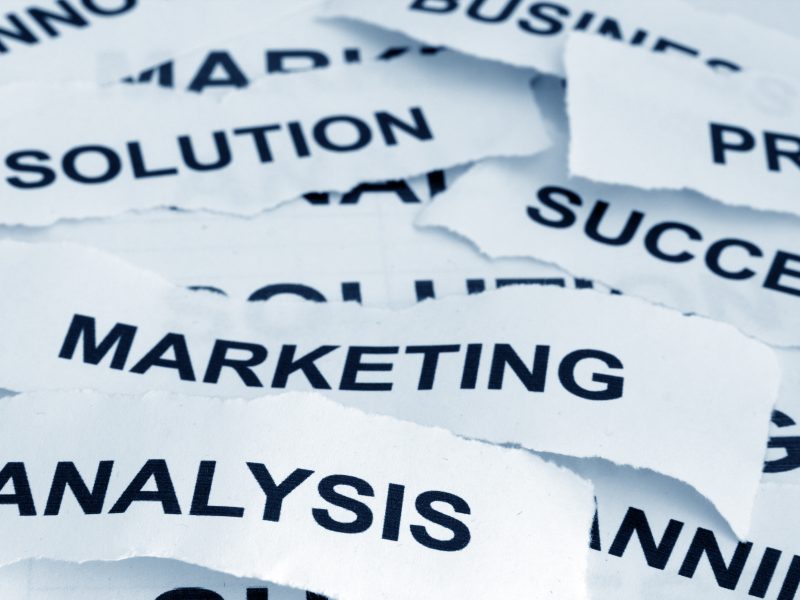How AI Can Help Set Smarter Priorities in Your Organization
In any organization—especially small and mid-sized businesses—focus is everything. The difference between growth and burnout often comes down to one question: Are we working on the right things?
Artificial intelligence is proving to be a game-changer in helping leaders and teams set, align, and adjust priorities with real-time insight, not guesswork. Whether you’re deciding which leads to pursue, which tasks to delegate, or where to invest resources, AI provides the clarity and confidence you need to act strategically.
🎯 The Problem with Traditional Prioritization
Most teams still set priorities using a mix of experience, intuition, and spreadsheets. While that can work, it often leads to:
- Bias-driven decisions
- Reactive fire-fighting
- Missed opportunities
- Bottlenecks caused by poor visibility
AI doesn’t eliminate human judgment—it enhances it by providing objective data, predictive insights, and automation that keeps everyone focused on what matters most.
🧠 How AI Helps Set Organizational Priorities
1. Predictive Analytics: Focus on What Will Drive Results
AI tools can analyze past performance and current trends to forecast which activities will deliver the highest return.
✅ Example: A regional retail chain uses AI to predict which product lines will be most profitable next quarter—prioritizing marketing spend and inventory planning accordingly.
2. Smart Lead Scoring: Prioritize Sales Outreach
AI-enhanced CRMs like HubSpot or Zoho analyze lead behavior (email opens, page visits, form submissions) to assign a priority score—ensuring sales teams contact the most qualified leads first.
✅ Example: A small SaaS provider increased conversions by 25% after shifting sales efforts toward leads with higher engagement signals flagged by their AI system.
3. Resource Allocation: Optimize Team Workloads
AI can analyze project timelines, team capacity, and task urgency to suggest which initiatives should be tackled first—balancing effort with impact.
✅ Example: A creative agency uses AI tools like Motion or Notion AI to auto-prioritize project tasks based on deadlines and client urgency, keeping their team focused and deadlines intact.
4. Customer Support: Triage Inquiries Based on Urgency
AI-powered ticketing systems can scan incoming support tickets, detect sentiment and keywords, and route or escalate issues based on urgency.
✅ Example: A managed IT provider uses AI to flag frustrated customer messages instantly, triggering immediate follow-up and protecting client relationships.
5. Strategic Planning: Align Efforts with Business Goals
AI dashboards give leadership a real-time view of progress, resource usage, and KPIs—enabling faster decision-making and strategic realignment when needed.
✅ Example: A nonprofit uses AI-driven analytics to evaluate which outreach programs deliver the most community impact per dollar, helping leadership focus funding where it counts.
📈 The Result: Less Noise, More Focus
With AI guiding decision-making, teams stop reacting to the loudest issue or the latest distraction. Instead, they act based on data-backed priorities aligned with goals. That means:
- Faster decision-making
- Higher-impact work
- Better alignment between departments
- Greater confidence from leadership
💬 Final Thought
AI isn’t about replacing your leadership instincts—it’s about supporting them with intelligence that’s fast, scalable, and always improving. In an age of information overload, AI helps cut through the noise and focus your team on what truly moves the needle.
Ready to put AI to work where it matters most? Let’s prioritize that conversation.



